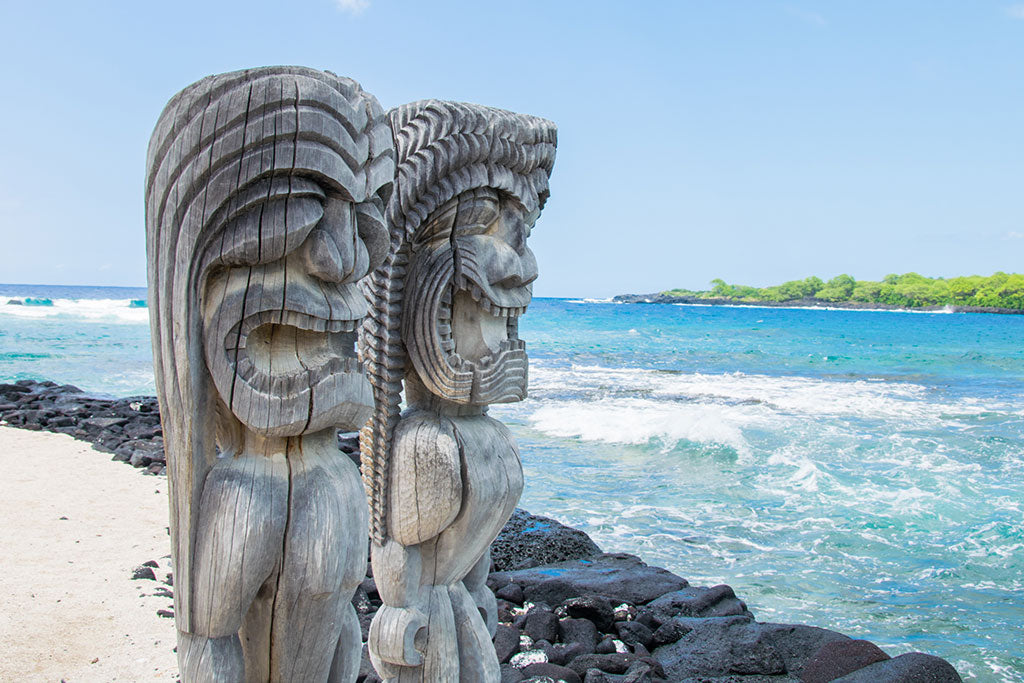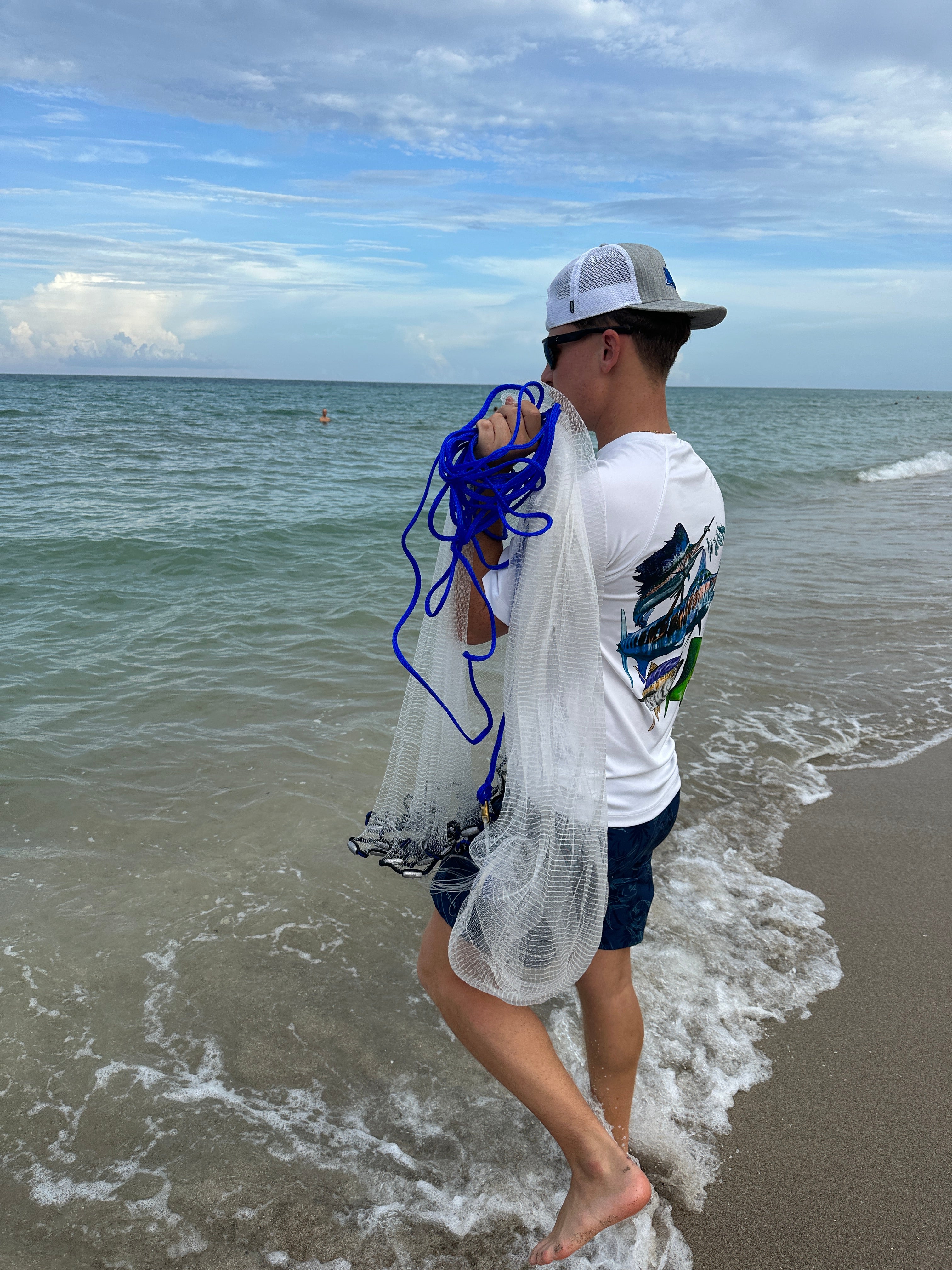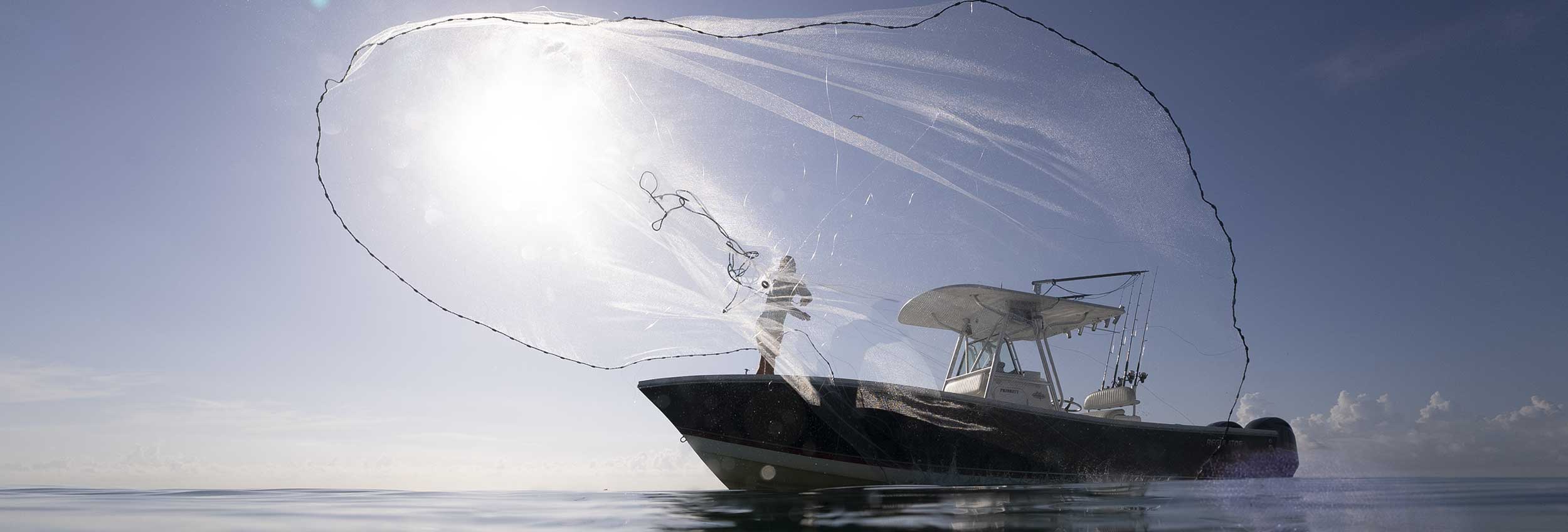Article: History of Cast Net Fishing

History of Cast Net Fishing
The invention of the cast net is traced back to around the 4th century, estimated to be around 301 AD. This innovative fishing tool is attributed to the ancient Polynesians, who had recently made their homes in Hawaii. Archaeological findings, including ancient pottery, showcase illustrations of fishermen intricately weaving and skillfully casting these nets, suggesting that these tools were integral to their daily lives. Originally, these nets were constructed from natural fibers like linen and cotton, chosen for their availability and durability in marine conditions.
The significance of cast nets extended beyond merely capturing bait; they were a fundamental resource for acquiring food. The Polynesians excelled in the art of cast net fishing, which quickly became a cultural staple on the big island. This method of fishing was not only efficient but also allowed for a communal approach to gathering food, strengthening social bonds within communities.
As global exploration and cultural exchanges increased, the cast net technique began to spread far beyond the shores of Hawaii. Explorers and seafarers who visited the Hawaiian Islands observed and learned the method, returning to their homelands with tales of this effective fishing practice. These stories ignited interest and adoption worldwide, leading to the global recognition of cast net fishing as a valued skill among fishermen. This spread was facilitated by the simplicity and utility of the cast net, making it a popular choice for fishermen seeking an effective and straightforward method to increase their daily catch.
The significance of cast nets extended beyond merely capturing bait; they were a fundamental resource for acquiring food. The Polynesians excelled in the art of cast net fishing, which quickly became a cultural staple on the big island. This method of fishing was not only efficient but also allowed for a communal approach to gathering food, strengthening social bonds within communities.
As global exploration and cultural exchanges increased, the cast net technique began to spread far beyond the shores of Hawaii. Explorers and seafarers who visited the Hawaiian Islands observed and learned the method, returning to their homelands with tales of this effective fishing practice. These stories ignited interest and adoption worldwide, leading to the global recognition of cast net fishing as a valued skill among fishermen. This spread was facilitated by the simplicity and utility of the cast net, making it a popular choice for fishermen seeking an effective and straightforward method to increase their daily catch.


